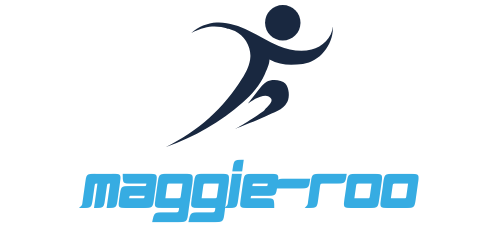Table of Contents
ToggleIn today’s fast-paced tech landscape, product management has become the beacon guiding teams through the chaos of endless features and shifting stakeholder demands. If you’ve ever thought about how software products transform from mere ideas into the apps you can’t live without, you’re in the right place. Imagine a conductor harmonizing a symphony: that’s a tech product manager orchestrating teams and visions to create something spectacular. So, buckle up, because we’re diving deep into the world of tech product management.
What Is Tech Product Management?

Tech product management is the strategic approach to overseeing the development of technology-driven products, from concept to launch and beyond. It focuses on understanding market needs, defining product vision, and aligning teams to deliver value. At its core, product management is about making informed decisions that ensure a product not only meets but exceeds user expectations. It encompasses everything from user research and market analysis to navigating the challenges of software development and project timelines.
In essence, it’s the bridge connecting technology, business objectives, and customer satisfaction. And let’s not forget, it involves a fair amount of balancing acts, think of it like walking a tightrope while juggling flaming torches. Product managers are the ones responsible for making sure that the journey from idea to finished product is as smooth as possible.
The Role of a Tech Product Manager
A tech product manager wears many hats, often serving as a translator between technical teams, stakeholders, and users. Their primary role is to define what the product will be and how it will serve its intended audience. They gather requirements, conduct market analysis, and prioritize product features based on user feedback and business goals.
Also, they are responsible for crafting a compelling product roadmap that outlines the vision and strategic direction. Imagine being both the captain of a ship and its navigator, steering through tides of market demands while keeping everyone on the crew in sync.
Product managers also engage in cross-functional collaboration. They work closely with engineers to understand technical limitations, enabling them to make informed decisions. It’s no small feat, juggling meetings, setting priorities, and sometimes acting as the peacekeeper among various teams can be quite the adrenaline rush.
Key Skills Required for Tech Product Management
To thrive in tech product management, several key skills are essential.
The Product Development Lifecycle
Understanding the product development lifecycle is crucial for product managers. From initial ideation to product launch, being familiar with each phase allows managers to minimize risks and maximize efficiency. They must ensure that teams adhere to timelines while maintaining high-quality standards.
Communication and Collaboration
Being an effective communicator is vital. Product managers articulate vision and requirements clearly to prevent misunderstandings. They speak the language of both tech and business, transforming complex ideas into relatable terms for all stakeholders.
Analytical Skills
They also need sharp analytical skills to interpret data and user feedback effectively. This data-driven approach enables them to prioritize features that offer the greatest user satisfaction. Strong problem-solving skills are a must, too: product managers frequently need to brainstorm solutions on the fly.
Leadership
Leadership skills are equally important. While they may not have direct authority over team members, product managers must inspire and motivate people to work towards a shared vision. Being approachable and empathetic helps in building rapport, garnering support, and fostering a collaborative environment.
Challenges in Tech Product Management
While tech product management is rewarding, it’s not without its challenges. Product managers often face tight deadlines, shifting market dynamics, and the continuous evolution of technology.
Best Practices for Effective Product Management
To navigate these challenges, employing best practices can make all the difference. Prioritizing user feedback should be a non-negotiable step. Understanding what users truly want helps in making informed prioritization calls.
Also, adapting to change is paramount. Being flexible allows product managers to pivot when necessary, keeping projects on track even though unforeseen challenges. Regular communication within teams reduces friction and increases transparency.
Tools and Technologies for Product Managers
Today’s tech landscape provides numerous tools to aid product managers in their roles. From project management platforms like Trello and Jira to analytics tools like Google Analytics and Mixpanel, these resources streamline workflows and enhance productivity. Staying updated with the latest tech trends and tools ensures that product managers are equipped to tackle any challenge that comes their way.








